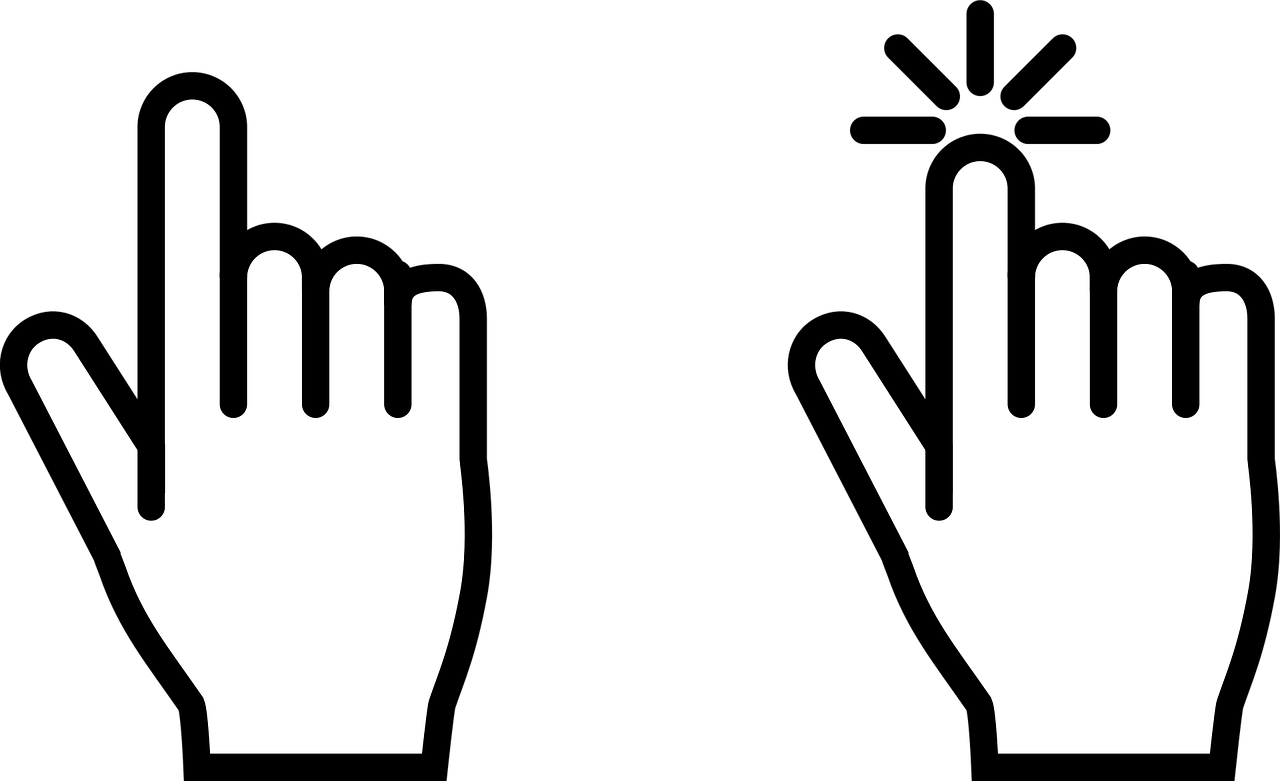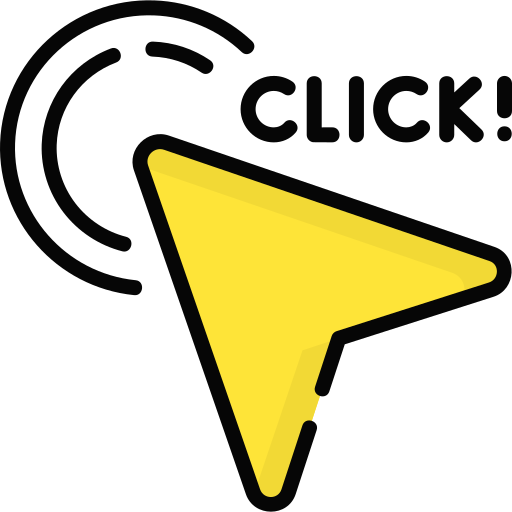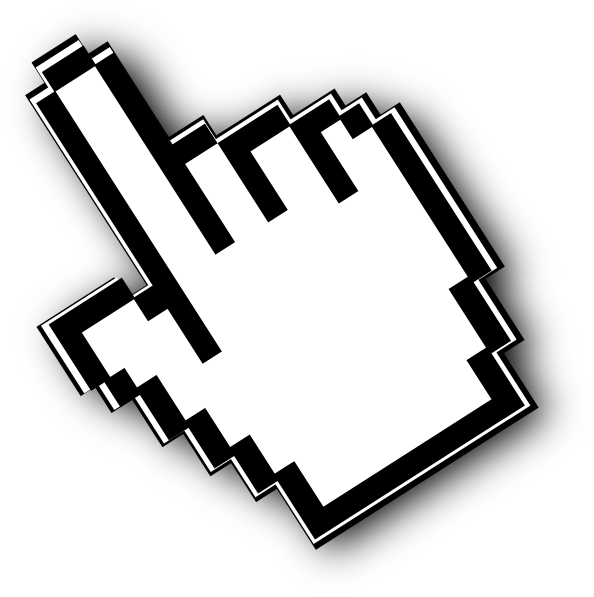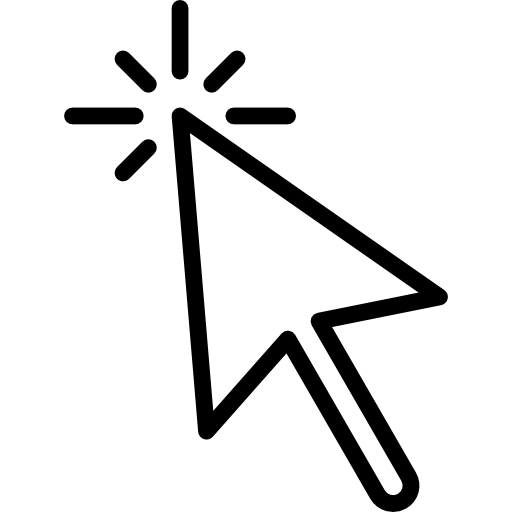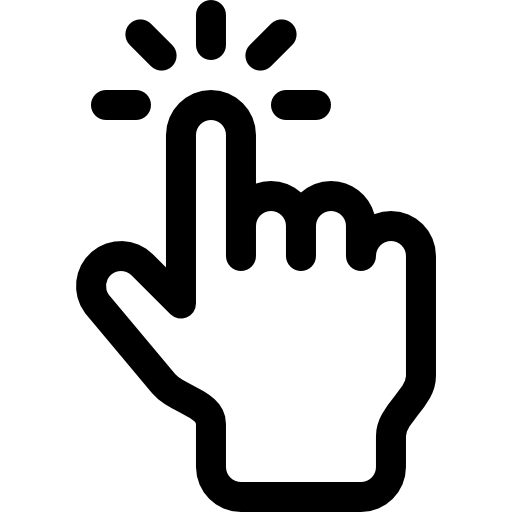Download top and best high-quality free Click PNG Transparent Images backgrounds available in various sizes. To view the full PNG size resolution click on any of the below image thumbnail.
License Info: Creative Commons 4.0 BY-NC
If you are reading this article, you probably know what a click is, or at least think you do. A click is a simple action where you press a button or tap a screen. However, did you know that the click has a much more significant meaning? In this article, we’ll explore the true power and meaning of a click.
The Definition of a Click
A click is an action that occurs when a user interacts with a digital device. This action can be performed in a variety of ways, including pressing a button on a keyboard, clicking a mouse, tapping a screen, or using voice commands. A click is simply a binary action, either on or off, but it has the power to trigger a wide range of behaviors.
The Power of a Click
Clicks are incredibly powerful. They can initiate a purchase, launch a website, or open an app. They can even save lives, as seen in the case of medical devices that require a click to activate. The power of a click lies in its ability to trigger actions that have a tangible impact on our lives.
Clicks are also powerful in the sense that they can be used to track data. Web developers and marketers use clicks to analyze user behavior, understand preferences, and optimize user experiences. Click data can be used to determine the effectiveness of a website, app, or advertisement and to make data-driven decisions.
The Psychology of a Click
Clicks are not just binary actions. They are also a reflection of our psychology. Every time we click a button, we are making a decision. We are deciding to take an action based on the information presented to us. The decision-making process is influenced by a wide range of factors, including cognitive biases, emotions, and social pressures.
Cognitive biases play a significant role in our decision-making processes. For example, the anchoring bias describes the tendency to rely too heavily on the first piece of information presented. This bias can influence a user’s decision to click on a button that is prominently displayed. Similarly, the scarcity effect describes the tendency to value things that are rare or in short supply. An advertisement that includes a limited time offer may trigger a click from a user who fears missing out on a deal.
Emotions also play a role in our decision-making processes. A button that triggers positive emotions, such as excitement or pleasure, may be more likely to be clicked than one that triggers negative emotions, such as anger or frustration. Social pressures, such as peer influence or expectations, can also influence a user’s decision to click. A button that displays social proof, such as the number of likes or shares, may be more likely to be clicked than one without.
The Future of Clicks
The future of clicks is uncertain. As technology evolves, new forms of interaction are emerging. Voice commands, gestures, and even brain-computer interfaces are becoming more common. These new forms of interaction may replace or augment the traditional click.
However, no matter how technology evolves, the underlying psychology of clicks will remain. Understanding the power and psychology of clicks is essential for anyone who wants to design effective user experiences and analyze user behavior.
A click may seem like a simple action, but it has a profound meaning and power. Understanding the psychology of clicks can help designers and marketers create more effective user experiences and make data-driven decisions. As technology evolves, the click may change, but its essential role in human interaction will remain.
Download Click PNG images transparent gallery
- Click PNG
Resolution: 512 × 512
Size: 16 KB
Image Format: .png
Download
- Click Transparent
Resolution: 1280 × 781
Size: 63 KB
Image Format: .png
Download
- Click
Resolution: 512 × 512
Size: 24 KB
Image Format: .png
Download
- Click No Background
Resolution: 512 × 512
Size: 36 KB
Image Format: .png
Download
- Click PNG Clipart
Resolution: 512 × 512
Size: 20 KB
Image Format: .png
Download
- Click PNG Cutout
Resolution: 400 × 400
Size: 12 KB
Image Format: .png
Download
- Click PNG File
Resolution: 594 × 597
Size: 88 KB
Image Format: .png
Download
- Click PNG Free Image
Resolution: 512 × 512
Size: 26 KB
Image Format: .png
Download
- Click PNG HD Image
Resolution: 512 × 512
Size: 8 KB
Image Format: .png
Download
- Click PNG Image File
Resolution: 512 × 512
Size: 14 KB
Image Format: .png
Download
- Click PNG Image HD
Resolution: 200 × 200
Size: 3 KB
Image Format: .png
Download
- Click PNG Image
Resolution: 200 × 200
Size: 3 KB
Image Format: .png
Download
- Click PNG Images HD
Resolution: 200 × 200
Size: 4 KB
Image Format: .png
Download
- Click PNG Images
Resolution: 512 × 512
Size: 32 KB
Image Format: .png
Download
- Click PNG Photo
Resolution: 512 × 512
Size: 8 KB
Image Format: .png
Download
- Click PNG Photos
Resolution: 512 × 512
Size: 9 KB
Image Format: .png
Download
- Click PNG Pic
Resolution: 512 × 512
Size: 6 KB
Image Format: .webp
Download
- Click PNG Picture
Resolution: 512 × 512
Size: 7 KB
Image Format: .png
Download

